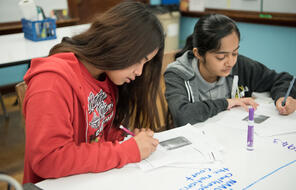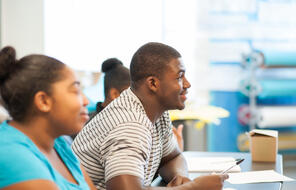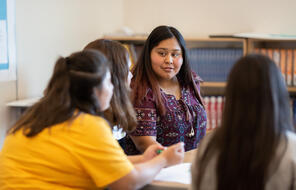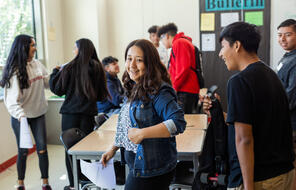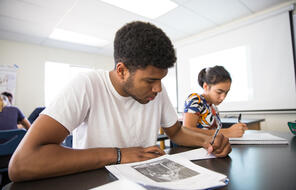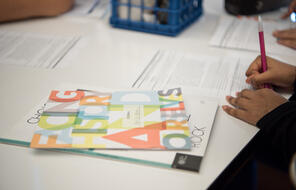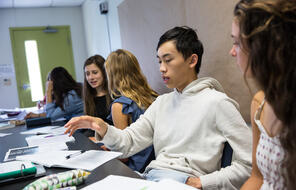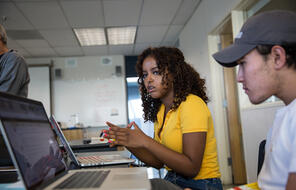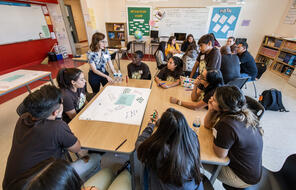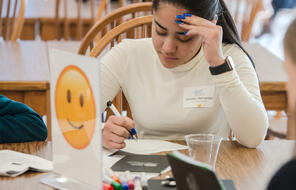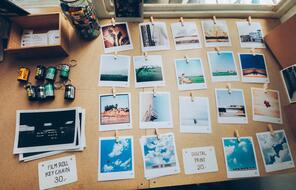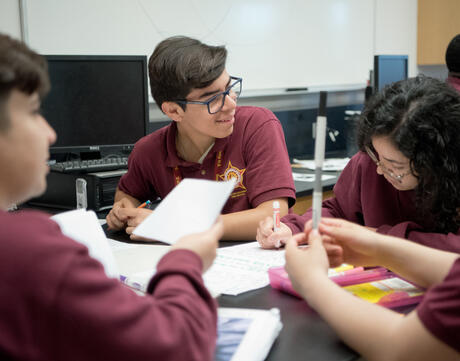
Building Connections with Concentric Circles
At a Glance
Language
English — USSubject
- Advisory
- Civics & Citizenship
- English & Language Arts
- History
- Social Studies
Grade
6–12Duration
One 50-min class period- Culture & Identity
Overview
About This Activity
The feeling of belonging grows when we discover connections between ourselves and the people around us. In this community-building activity, students will engage in several one-on-one conversations with their peers in order to share small details about themselves: foods they like, places they’d like to travel, things they’d like to learn. Creating the space for students to forge connections will foster a positive class culture where students feel seen and heard.
Preparing to Teach
A Note to Teachers
Before teaching this lesson, please review the following information to help guide your preparation process.
Procedure
Steps for Implementation
Extension Activities
Unlimited Access to Learning. More Added Every Month.
Facing History & Ourselves is designed for educators who want to help students explore identity, think critically, grow emotionally, act ethically, and participate in civic life. It’s hard work, so we’ve developed some go-to professional learning opportunities to help you along the way.
Exploring ELA Text Selection with Julia Torres
On-Demand

Working for Justice, Equity and Civic Agency in Our Schools: A Conversation with Clint Smith
On-Demand

Centering Student Voices to Build Community and Agency
On-Demand


